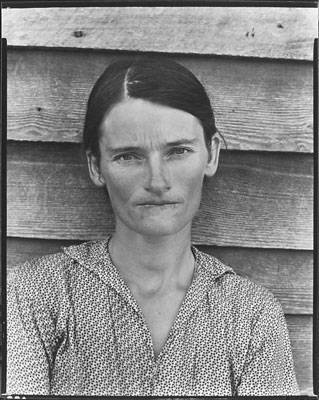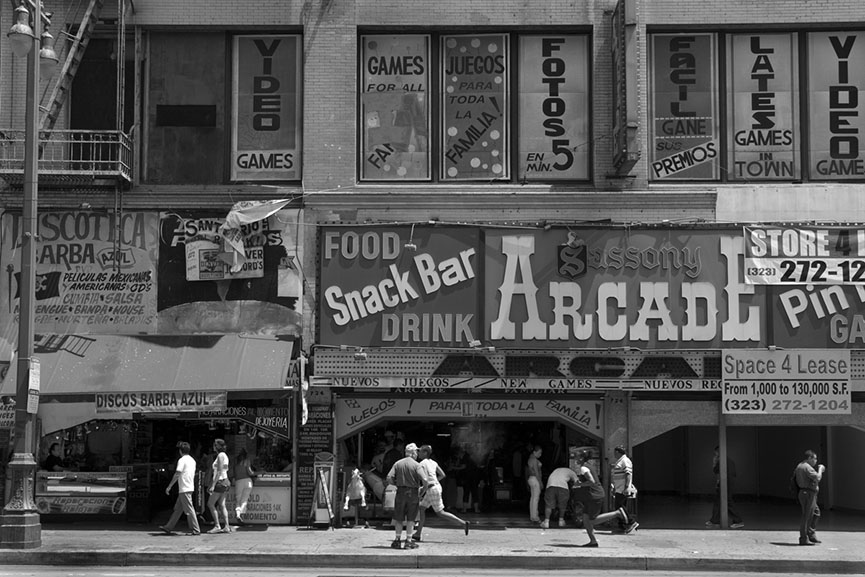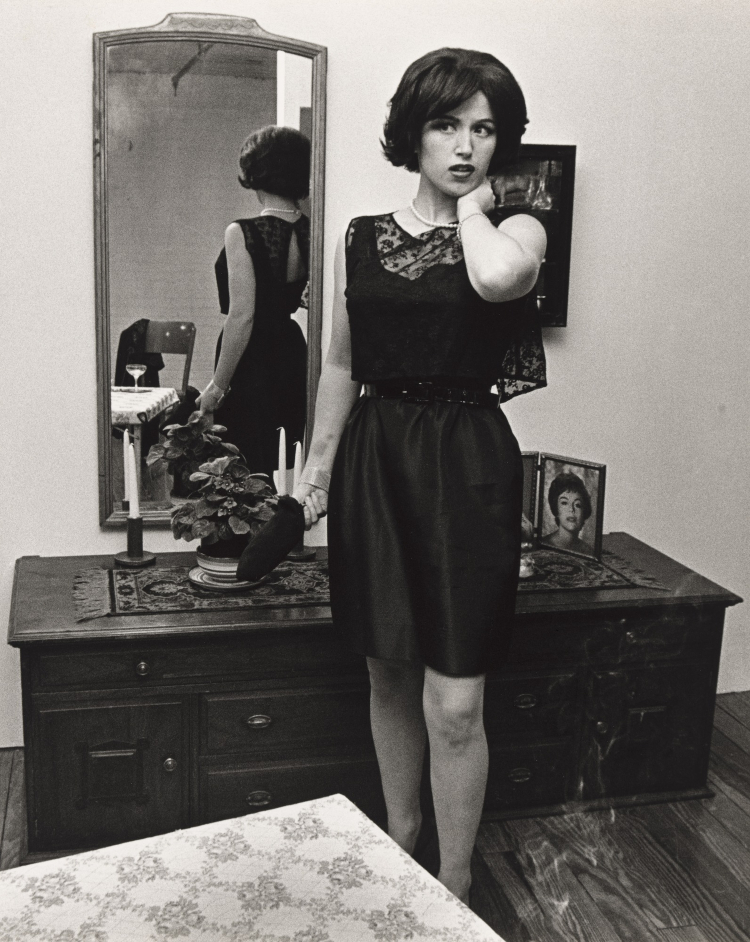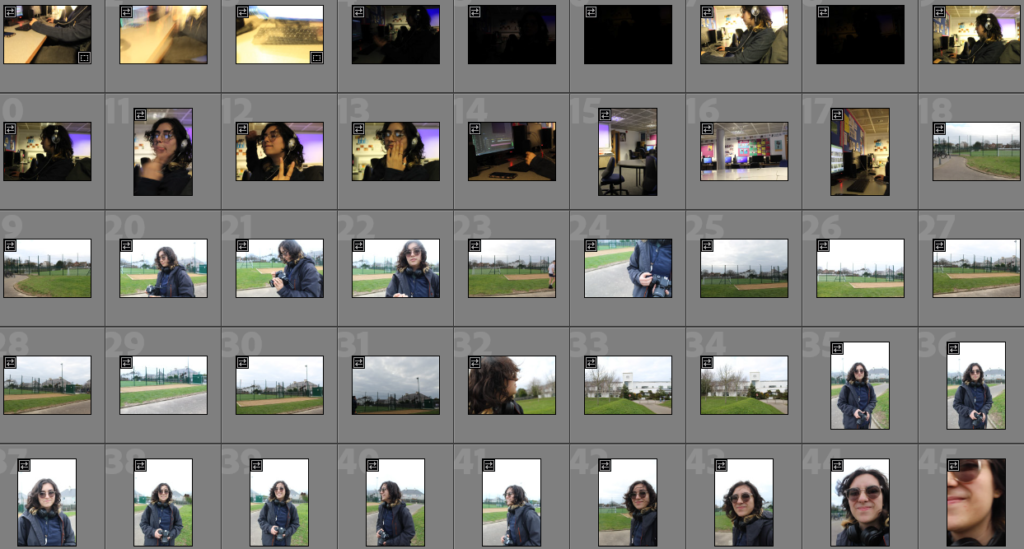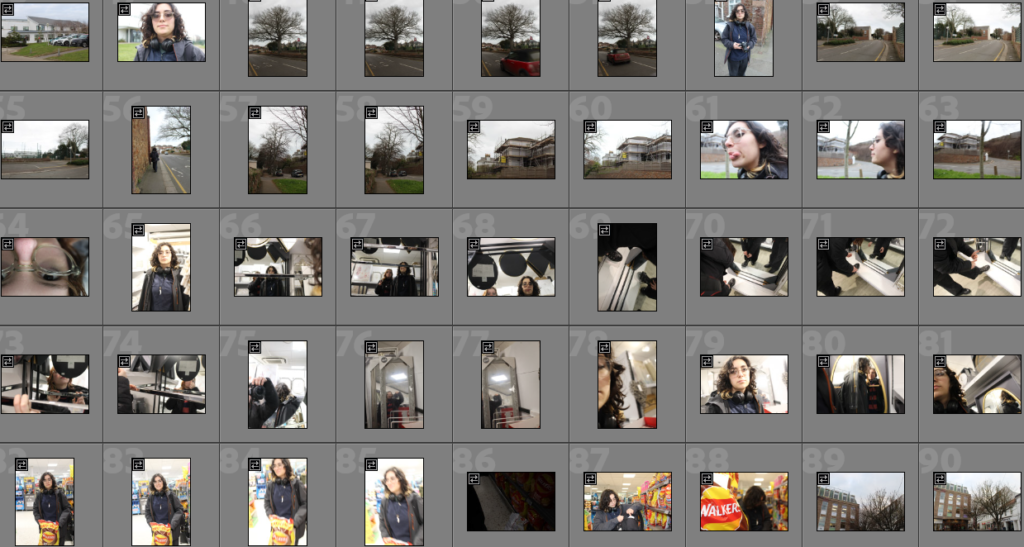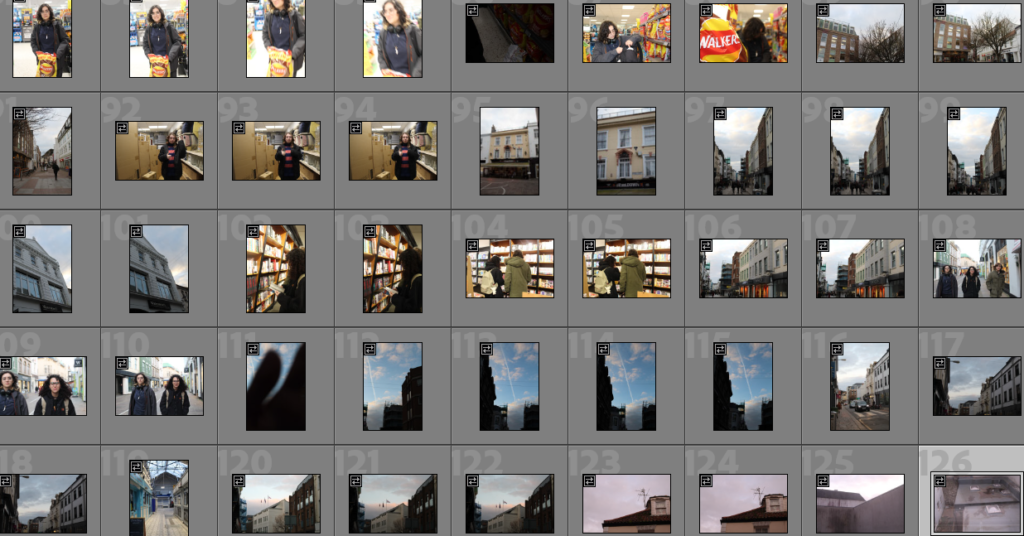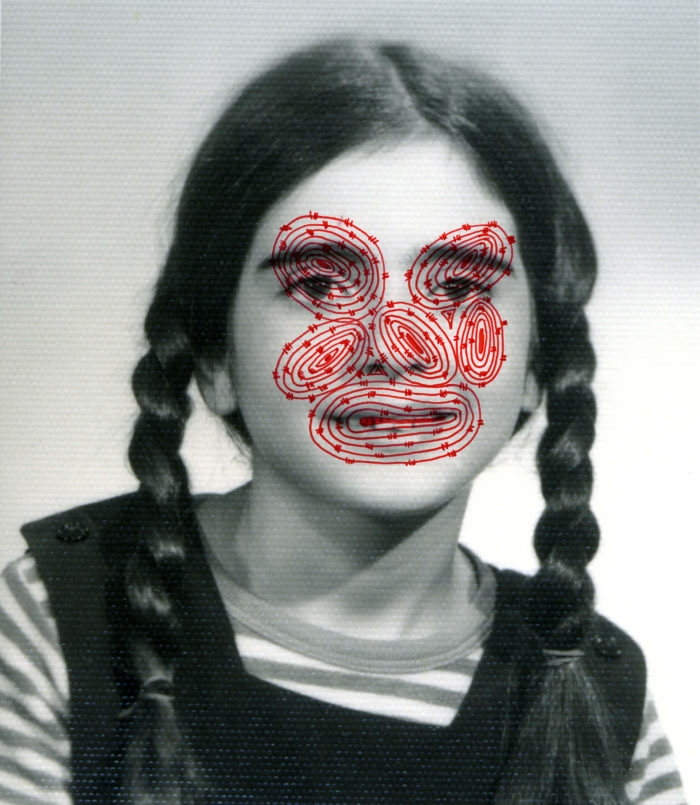How is the ethereal experience of growing up conveyed through the photography of Sam Harris and Olivia Bee?
Growing up is often conveyed through media as whimsical and magical- whether it be through film, music or art- this portrayal of growing up is then often hit with harsh realities through adolescence and adulthood while media embraces the idea of staying connected to your childhood through nostalgia: Sam Harris creates emotionally rich documentary images which main purpose serve to capture memories of his two daughters growing up in rural India and Australia, intertwining the ethereal experience of childhood intertwining with nature (The Middle of Somewhere: Containing images from 2002-2006 -released 2015- of Harris himself, his wife and two daughters travelling in India and Australia), these images manage to apprehend the innocence and joy of childhood while also tackling seemingly brutal topics such as death and natural disaster. “‘The Middle of Somewhere” is from my ongoing visual family diary, which revolves around my two daughters growing up… My work is a celebration of childhood, family life, love and our simplistic lifestyle which intertwines with our environment. As I witness my daughters’ transformation—in what feels like the briefest of moments—I am compelled to preserve something of our time living together.”1 Olivia Bee concentrates on capturing the oneiric and often ephemeral experience of adolescence, her photobook “Kids in Love” was created when Bee was merely 17, capturing moments as they happened and staging highly emotive, moving scenes with recurring themes of intimacy, exploration and naturally occurring beauty in everyday life- it is significantly hard to tell which images are staged and which are candid which adds to the beauty of Bee’s work. In Bee’s own words, she is “intrigued by the beauty of everyday life and how the beauty of memories (real or imagined) touches us.”2 Containing images from between 2008 and 2013, Bee photographs her circle of friends while growing up in the natural, romantic landscape of Oregon USA. I plan to respond to these photographers by creating my own scrapbook-style photobook: aiming to capture childhood nostalgia, memories of now as a teenager and growing up enveloped in island nature- I will be doing this by focusing on natural landscapes and humans in natural landscapes including staged and documentary style images: focusing on a female perception of aesthetic, aiming to show the beauty of everyday life through a scrapbook and diary style photobook.
Historically, the process of capturing memories through photographs was a very formal process- taking large inspiration from portraiture in paintings, to immortalise people through portrait photography during the Victorian ages, especially with the commercial process of carte-de-visit. This process was typically only accessible to wealthy families as photography was an expensive, complex process. It was not until photography became affordable and more accessible that scrapbook style and vernacular photography developed in response to 19th century studio portraiture showing grandly staged images. The aesthetics of snapshot developed within vernacular photography and became more popular in the general population- namely from the 1970s onwards where staged and candid images were mixed together due to the accessibility and nonchalance of photography at the time. It is this style that I am trying to capture with my photobook project. More inspirations for this project include various photography movements such as modernism- where photographers began to embrace social, political and aesthetic concerns from 1915 onwards: concentrating on the beauty of a subject instead of a harsh reality: experimenting with light, perspective, developing abstraction in a sub-context of surrealism. A renowned modernist photographer “André Kertész said, “I regard myself as an amateur today, and I hope that’s what I will stay until the end of my life. Because I’m forever a beginner who discovers the world again and again.” Kertész saw photography as a sort of visual diary that documented the way he felt about the world around him and insisted that emotion was the basis of all his work, rather than an artistic impulse.”3 Kertész created an image4 which inspired me to look into modernism as an inspiration for my photobook- this was further cemented by the quote from the article above where it was emphasized that emotion was the drive for his work. His images- much like many modernist photographers of the time- are a mixture of staged and documentary: capturing life as it happens in an abstract, unorthodox way, much like Sam Harris and Olivia Bee’s photography style.

As previously stated, Harris’ work was created purely to capture memories of his family- specifically his two young daughters growing up while they travelled around India and Australia. Harris’ images look pure, with a lack of editing and the natural lighting being taken advantage of to create interesting images which apprehend an almost naïve view of life which is drenched in bright blues, green and warm tones- creating an ethereal, seemingly other-worldly, nostalgic view. Similarly to modernist photography values images (such as the image below) are taken from an offbeat perspective- the two children framing the adults in the middle and the forest setting providing a backdrop. I find this image particularly alluring due to the blurriness- the imperfection- which adds to the feeling of time slipping away with the figures looking almost celestial but almost if they are fading away: however this image does look esoteric in the sense that it is a glimpse into a young family where Harris is trying to capture memories before they fade away (much like the figures). Furthermore on the composition of this image, the two children are framing the two adults- which is unusual as usually the parents would be protecting the children, while this composition gives a sense of the two adults letting their children be free- adding to Harris’ ethos of capturing memories as they happen showing the unpredictability of this travel and the children’s curiosity, the parents acting as a safe haven while the children explore. Harris himself is also in this image- an almost Christ-like figure in white raising his arms as if to welcome his children into a hug- this is also unorthodox as it brings up the conundrum of who is taking the image which furthermore asks if the image is staged or not. On the technical approaches of this image: the image looks amateurish, where a low shutter speed emphasises blurriness. Flash is also used, creating artificial lighting which highlights the colours in the image while a low aperture makes colours and scenery visible in what otherwise would be a very dark image as it was taken at night time/evening.

Priorly stated, Bee’s work is a mixture of staged and candid images however as contrary to Harris’ work, Bee takes pictures as seemingly an outsider looking in while Harris’ images are from an insider perspective. Bee’s photos- although they are of her friends and herself growing up in Oregon, USA- are very intimate and images like the one below6 are from the perspective of an outsider looking in to a relationship, while other images of Bee’s are more casual- documenting her friends actions and hobbies such as skateboarding. However the image below is staged, and although staged this image shows great emotive value- two young lovers intertwined in embrace, their body language only open to each other, fitting to the photobook name- “Kids in Love”- this image certainly depicts teenagers in love. This photo also represents uncertainty, a prevailing theme in a teenager’s life- curiosity and apprehension about the future- this can be shown massively through the water. Bodies of water are often unpredictable, humans have always had a fearful fascination about water with hundreds of fairy tales, myths and legends being revolved around wonders of the sea, whether it be shipwrecks or mermaids. A vignette around the corners of the image present an unease creeping in while the lovers embrace and find sanctuary in each other- the light concentrated on them giving an impression of hope in darkness. An important aspect of this image is also colour- the red streak in the girls hair shows rebellion while the contrast of the blue of the water shows serenity asking the question is the danger coming from teenage love, or from the unease of the future creeping in on them?
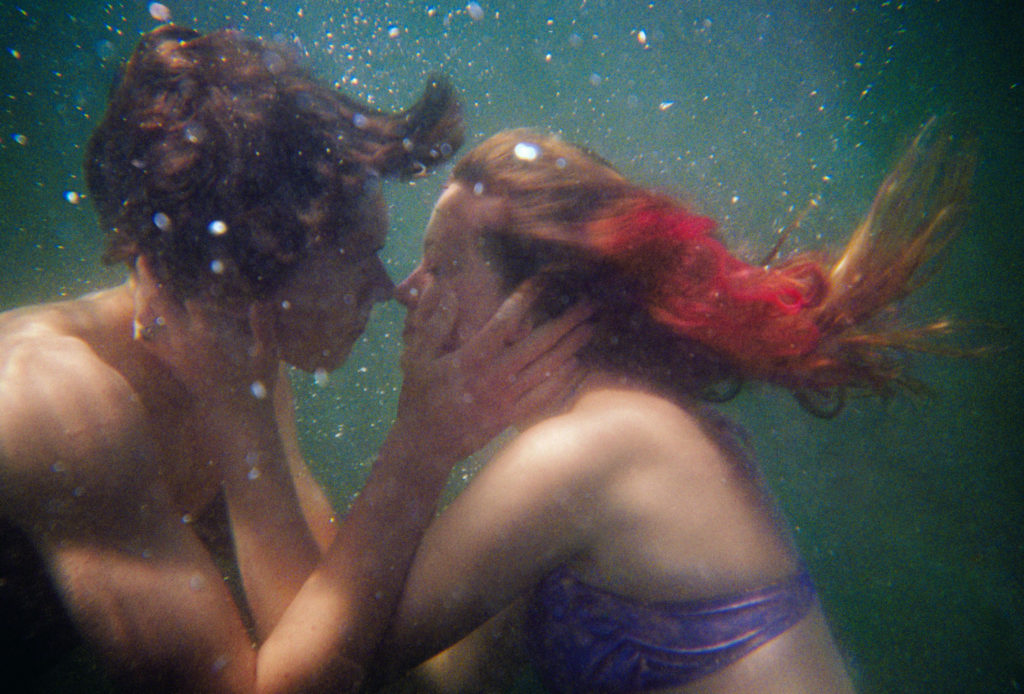
Bee and Harris both successfully create an identity for each subject- with images giving the viewer a sense of individualism for every subject- this is evident in Bee’s portraiture7 where direct eye contact with the camera makes the image feel personal and an intrusion on someone’s life yet exhibiting their nature- imploring you to judge by looks. Harris succeeds this by taking photographs for the sake of memories, capturing the raw natural emotions which a person is displaying. However even though both artists have similar aims and motivations for their images- they succeed them in different ways. Harris’ artistry being more truthful than Bee’s: with a lack of staged, highly controlled images and more a mixture of seemingly amateur “happy accidents” where blur, overexposure and unexpected angles create beautiful, resonant images. On the other hand, Bee’s work “Kids in Love” creates a rebellious aura around the subjects and establishes the real lifestyle behind adolescence existence- times of love, hatred, fear and the occasional cocky, overindulgent attitude- however in Bee’s work there is a sense of masking in the subject, where a subject is clearly letting the viewer judge by appearance but presenting an aura of complexity about them- letting the viewer know that this image is only peripheral through their facial expressions. Together, both artists display an ethereal idea of growing up- from childhood with Harris then adolescence with Bee. Attempting to respond to Bee and Harris’ work, I generated this image8, keeping to the main aesthetic of both photographers work: this image is edited very minimally, only the colours have been emphasised. This photograph is of some of my friends climbing up trees- the image is taken from the ground looking up. I feel as if this image encapsulates both photographers; the unusual perspective, the lack of editing, the imperfect of the blur, the fact that it was taken candidly- as just a snapshot in time to remember the night. Taken with flash at night and a high ISO and shutter speed- this image contains a lot of detail, down to each individual leaf which the light of the flash hits. The hectically abstract point of view along with almost an optical illusion concerning the tree structure where it appears to show people walking directly up the tree towards the sky creates a visually interesting image- although not similar to Bee and Harris’ usual subject matter and lacking subject interaction to the camera (backs turned away from the camera) this image does present Bee’s rebellion in essence, backs turned to the camera remaining in anonymity: teenage rebellion, as well as reflecting Harris’ idea of pure childlike curiosity: climbing trees towards the sky. I like this image because depending on how you look at it you can conjure up a meaning for it when in reality- much like Bee and Harris- the image purely captured memories, when growing up into an adult is right around the corner images like this show that you can still enjoy the experiences you did as a child- growing up is ethereal however childlike wonder and rebellion remains in us all.
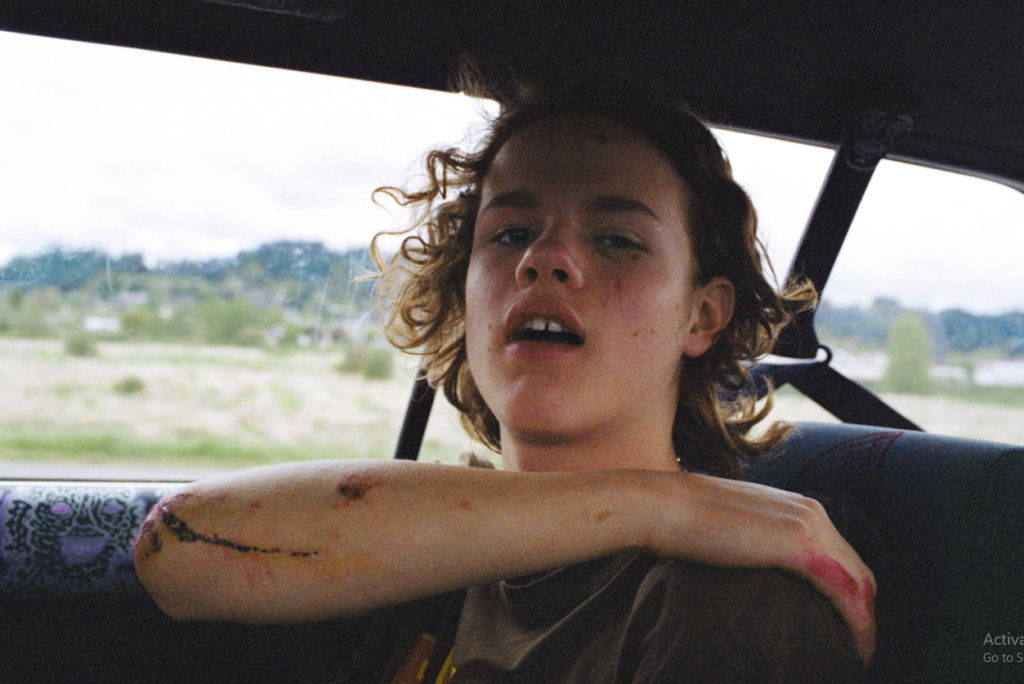

Bibliography
1. Sam Harris on The Middle of Somewhere: Lens Culture: https://www.lensculture.com/articles/sam-harris-the-middle-of-somewhere#slideshow: accessed 12/1/23).
2. Olivia Bee interview on “Finding the right balance”: The Creative Independent https://thecreativeindependent.com/people/olivia-bee-on-finding-the-right-balance/: accessed 13/1/23
3. The Poet of Modernism, André Kertész Retrospective: Aesthetic Magazine https://aestheticamagazine.com/the-poet-of-modernism-andre-kertesz-retrospective-the-hungarian-national-museum-budapest/: accessed 14/1/23
4. Underwater Swimmer, Esztergom, Hungary; dated 1917; André Kertész
5. Sam Harris; untitled from the collection “The Middle of Somewhere”; year unknown
6. Olivia Bee; untitled from the collection “Kids in Love”; year unknown
7. Olivia Bee; untitled from the collection “Kids in Love”; year unknown
8. An image I am including in my photobook

